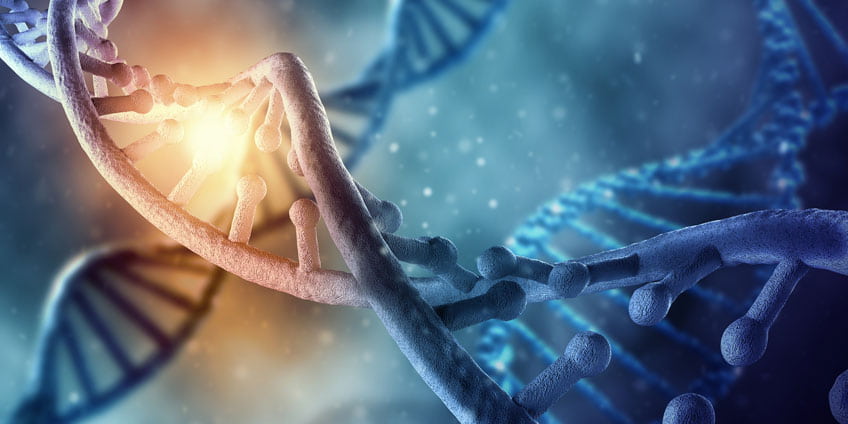

The complementary nitrogenous bases are divided into two groups, pyrimidines and purines.

The nitrogenous bases of the two separate polynucleotide strands are bound together, according to base pairing rules (A with T and C with G), with hydrogen bonds to make double-stranded DNA. The nucleotides are joined to one another in a chain by covalent bonds (known as the phospho-diester linkage) between the sugar of one nucleotide and the phosphate of the next, resulting in an alternating sugar-phosphate backbone. Each nucleotide is composed of one of four nitrogen-containing nucleobases ( cytosine, guanine, adenine or thymine ), a sugar called deoxyribose, and a phosphate group.

The two DNA strands are known as polynucleotides as they are composed of simpler monomeric units called nucleotides. Alongside proteins, lipids and complex carbohydrates ( polysaccharides), nucleic acids are one of the four major types of macromolecules that are essential for all known forms of life. DNA and ribonucleic acid (RNA) are nucleic acids. Deoxyribonucleic acid ( / d iː ˈ ɒ k s ɪ ˌ r aɪ b oʊ nj uː ˌ k l iː ɪ k, - ˌ k l eɪ-/ ( listen) DNA) is a polymer composed of two polynucleotide chains that coil around each other to form a double helix carrying genetic instructions for the development, functioning, growth and reproduction of all known organisms and many viruses.


 0 kommentar(er)
0 kommentar(er)
